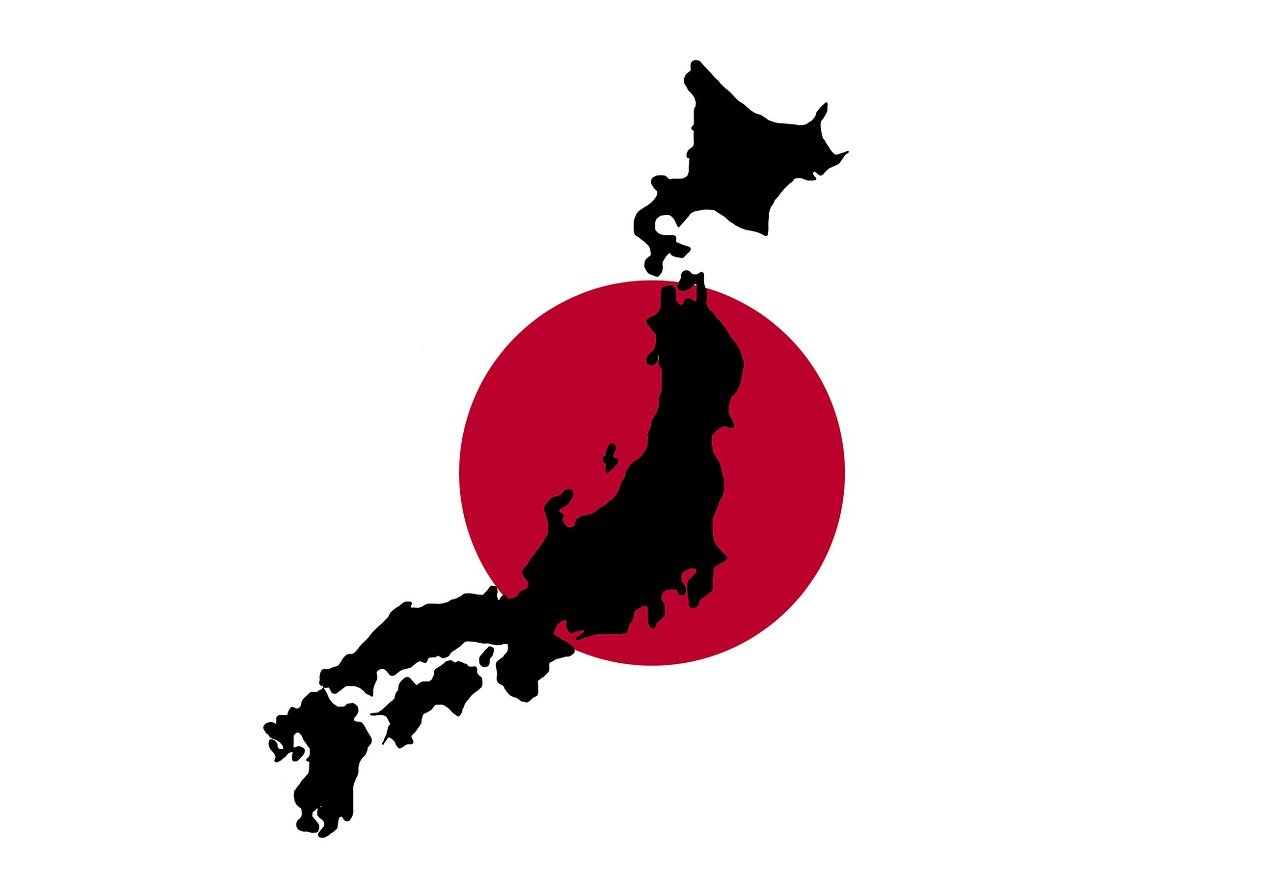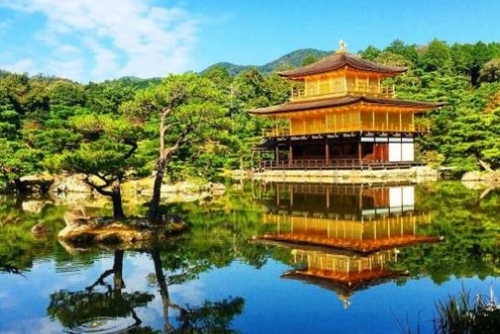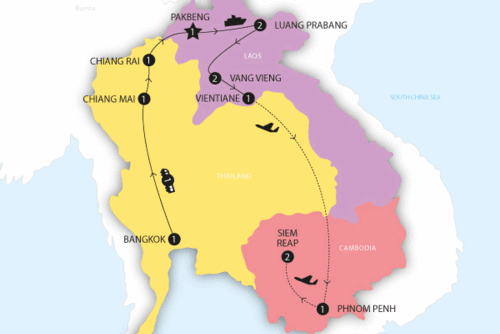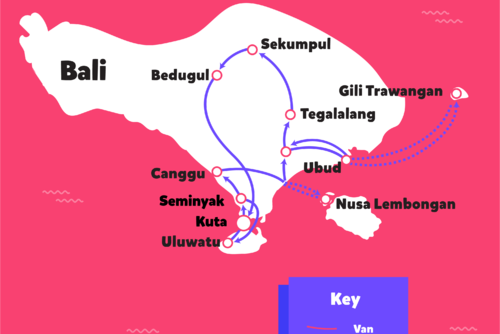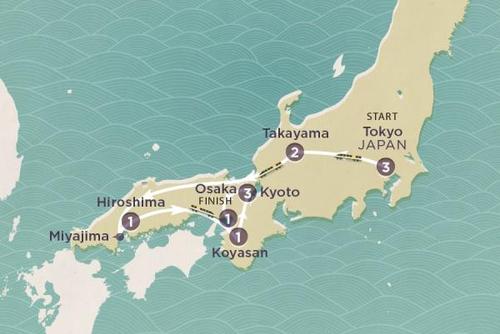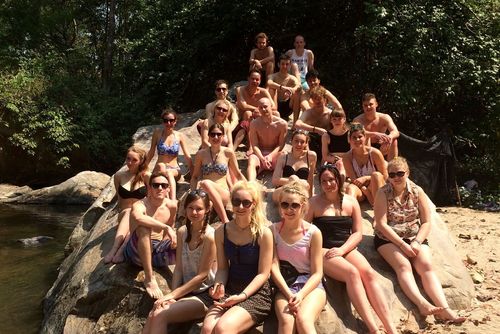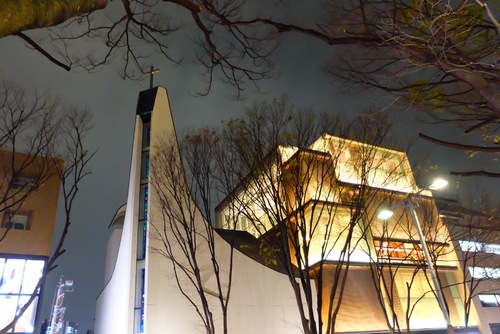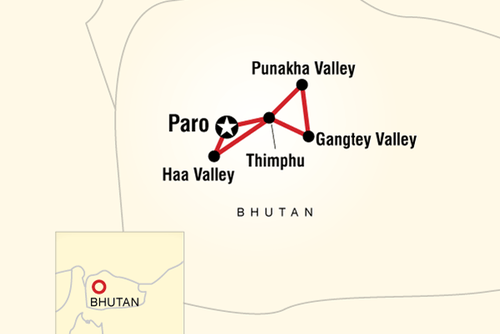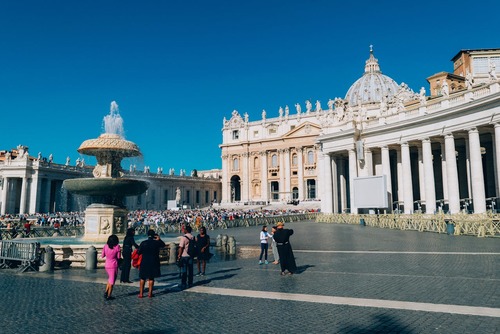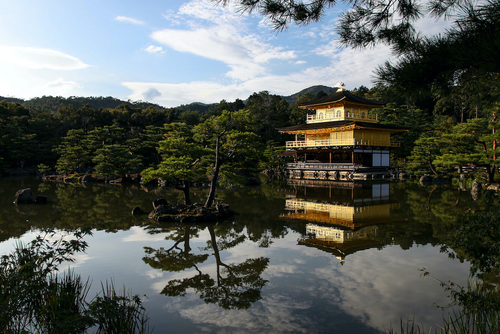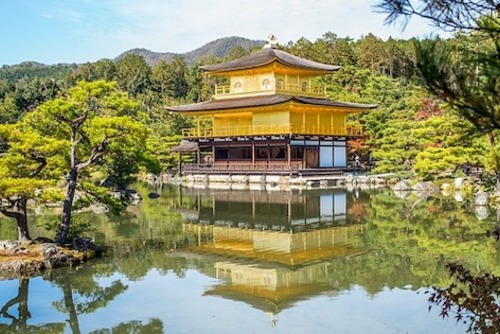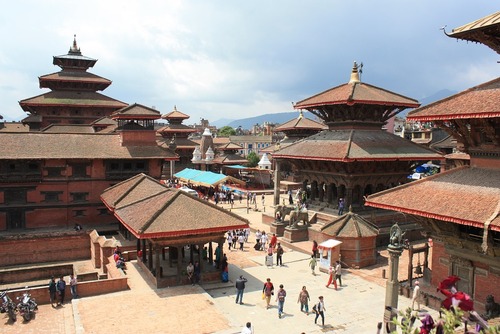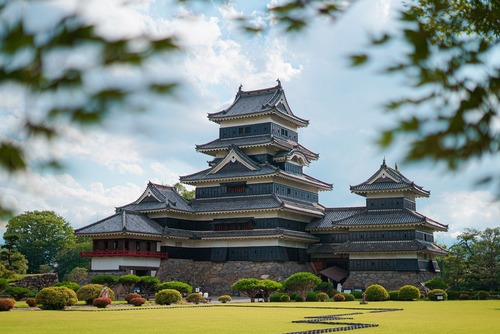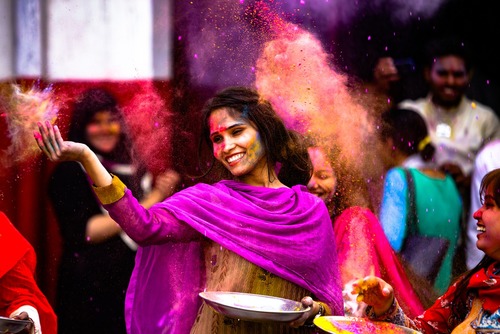Don’t be put off by the word “pilgrimage”. It may ring with a holy of holies feel about it, that one prays all day and no booze and so on. But while religious in origin, this is a pilgrimage where the traditions, expectations, procedures, are only guidelines. You do what you can, want, and need.
Arlene Bastion recently got to travel the route of the Shikoku Henro pilgrimage and would easily rate it as of her best travel experiences.
Here she shares everything you need to know about the Shikoku Henro and why if you are planning to travel to Japan you really need to add this trip to your itinerary.
Origins
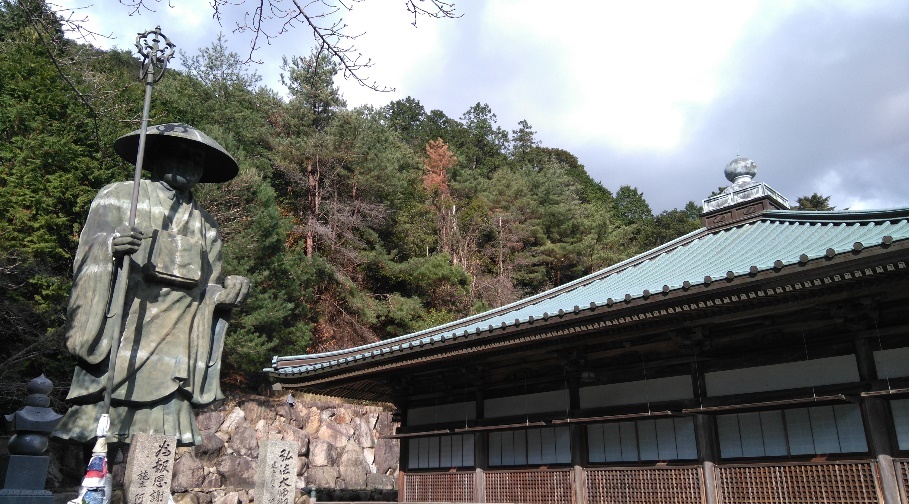
Shikoku Henro is over 1,200 years old, so I was walking on history, the thrill of it, joining in the footsteps of pilgrims walking for eons before me. Then, walking with wonder, because of all the unique and wonderful experiences, from being a pilgrim, from being in Shikoku.
The Henro was reputably begun by a venerated Buddhist monk, Kobo Daishi. Most of the early pilgrims meandered over from Honshu, hit by famine and disease, to Shikoku. They were poor and destitute, and believed Kobo would save them. The Temples or sites where they prayed evolved into the pilgrimage.
Records also suggest a branch of Buddhist monks were inclined to more ascetic, mystical, magical, forms of worship. They believed pain, and the more the better, would clear their way to Nirvana or Enlightenment. They found it in the cavernous wildlands of Shikoku. The pilgrimage began with temples to house their practices.
Most of the pilgrimage’s traditions are thus Buddhist-based revolving around Kobo, while an eerie mystique permeates many of the temples, thanks to its ascetic roots.
Traditions
The henro “uniform”, what is worn, is white trousers, white pilgrim jacket, straw hat, staff, religious accoutrements, possibly even straw sandals. Don’t panic. Many go the full Monty, but just as many don only the white jacket, and dress comfortably and respectably.
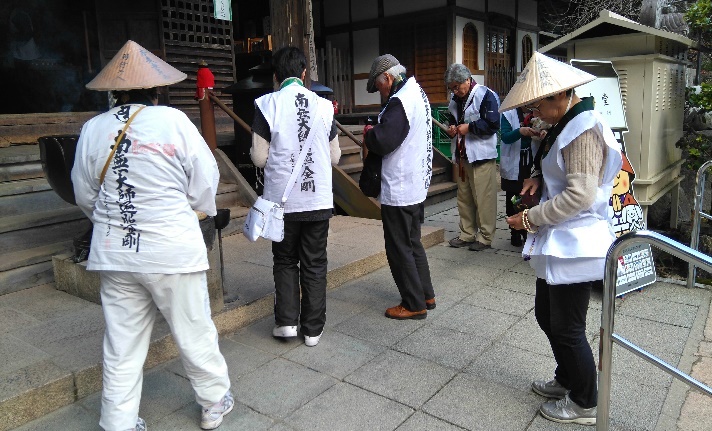
White was the colour the early pilgrims wore. The trials and tribulations of the pilgrimage were such they thought it expedient to wear the colour of their shrouds should they drop dead on the pilgrimage.
The religious reason for carrying the pilgrim staff is it represents Kobo Daishi, but any staff would be handy to help you up steep slopes or slippery ground.
Temple visits are accompanied by cleansing and purification rituals, procedures for prayer. This is ubiquitous in all temples and holy places in Japan. It is optional. Only mandatory is showing respect. No shoving aside of praying pilgrims blocking your view of that perfect photograph.
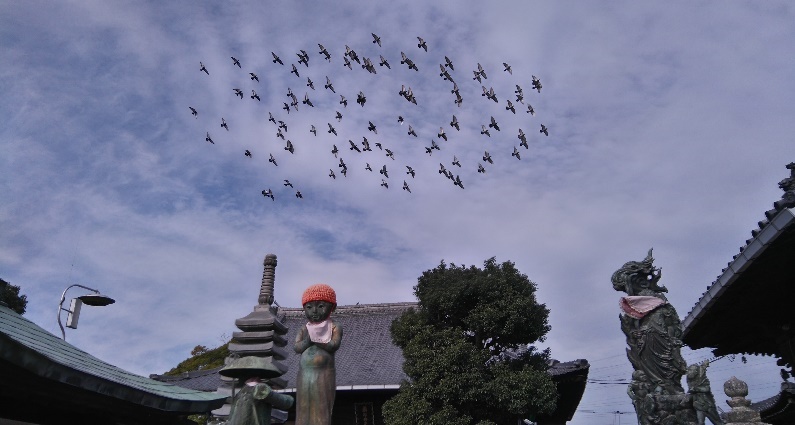
It is traditional to hoof it to all 88 temples, which is fine and dandy if you are 23 years old and nimble as a goat. But others, such as those who have succumbed to the realities of aging, can join pilgrimage tours, drive, or take public transport.
It’s also optional which direction you want to take to visit the temples. Chronologically, the temples follow through Shikoku’s four prefectures, beginning with Temple One in Tokushima, onwards through Kochi, Ehime, and finishing at Temple 88 in Kagawa. One supposedly wins more brownie points going anti-clockwise especially if needing to alleviate grief or guilt. One can also jump about temples or cover sections of the pilgrimage.
There are two traditions fast fading. Pilgrims could once hope to be put up in free temple lodgings, shukubo, but values have changed so expect charges and booking requirements.
The people in Shikoku, staunch Buddhists, would give the early impoverished, half dead, pilgrims, food, lodging. This started the tradition of ossetai. But it’s not so common now, maybe pilgrims ate people out of the house or worse. Ossetai still happens, but don’t go looking for it. If offered, though, never refuse.
One important thing, ossetai or no, but even when I was out of uniform, I couldn’t have made it without the heart warming kindness of strangers.
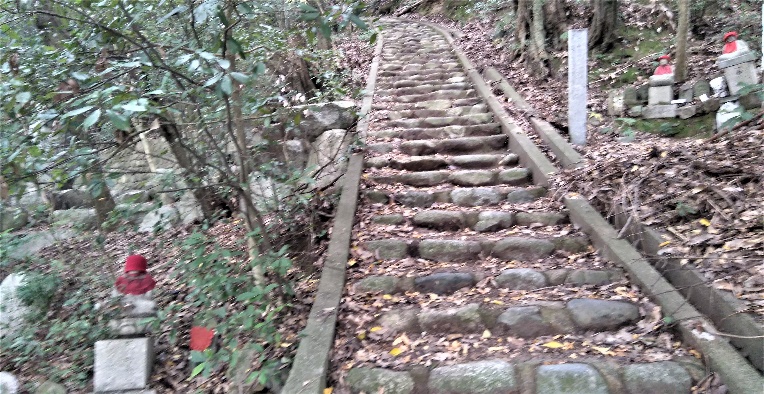
It is good to follow some of the traditions. We are then following traditions used by generations of other pilgrims. We are a stitch in an unbroken fabric knitted through time.
Shikoku and the Henro
Shikoku is 80% rugged mountainside dotted with idyllic pockets of farmland.
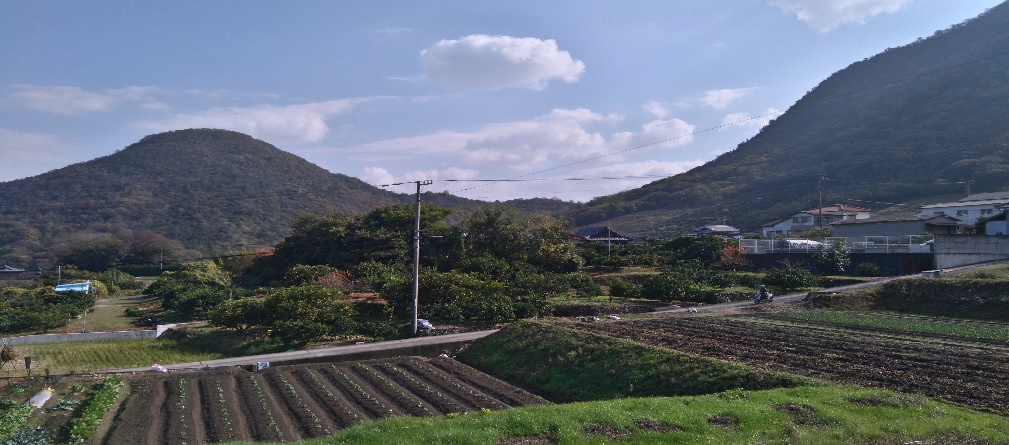
It is a dramatic backdrop to the Henro’s 88 Temples. Dotted mainly along the coast, they encircle much of the best of the pristine beauty of Shikoku. A river, the Yoshino, cuts through providing gorges, ravines, waterfalls, with the mountains towering over.
Temples and shrines in Japan originated in forested areas because of the belief that spirits and deities resided in trees and nature. It’s common to see in all Japanese temple grounds, trees over 1,000 years old, preserved and worshipped for the holy presence within.
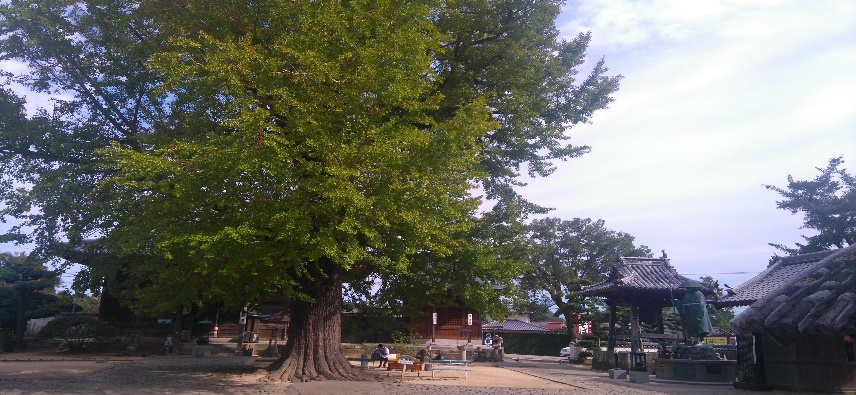
Many of the temples are also studded on top of or within a silent, ancient, implacable, mountain, with historic walking trails carved through heavily forested woods.
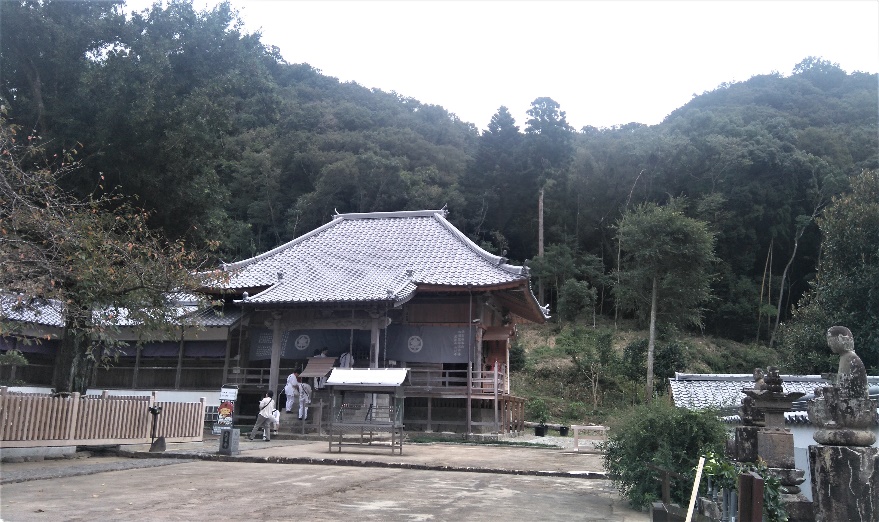
You can still see remnants of the old pilgrims, if not feel them, in the forests of silence.
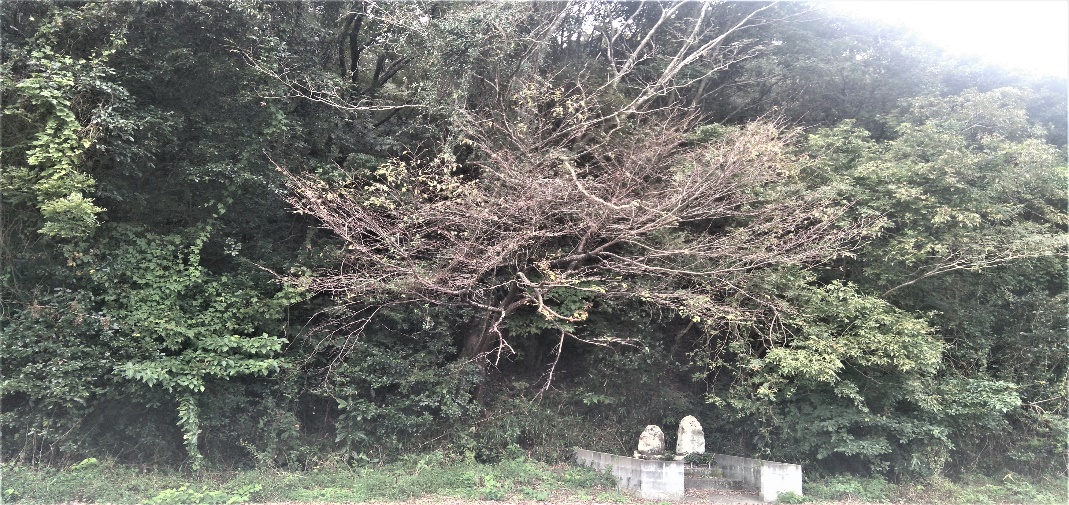
Worn out stone markers that once guided pilgrims, eroded memorial boulders, small stone statues known as juzo. Juzo are found all around the country, usually for prayer for deceased infants.
Shikoku’s Prefectures
All the prefectures retain an individual identity and are steeped in history.
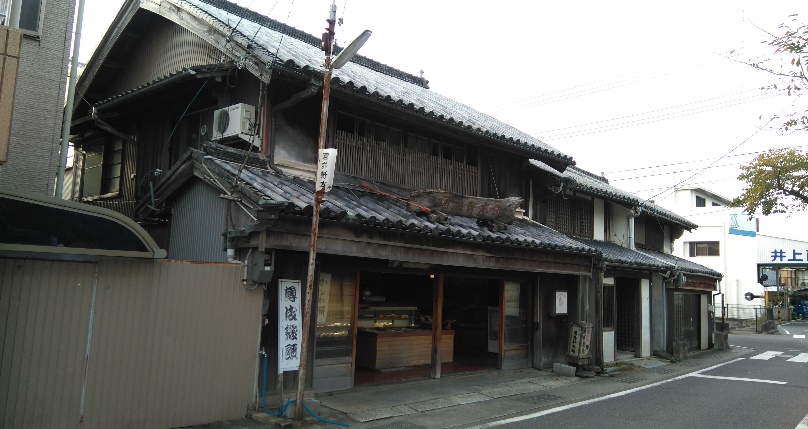
Tokushima’s “thing” is its heritage of the Awa Odori, dated to the 16th century if not earlier. This is a dance festival in August but its motif of dancers with their distinctive triangular hats is visible everywhere in Tokushima. Of course Toku’s pride and joy is Temple One, where all the fun begins.
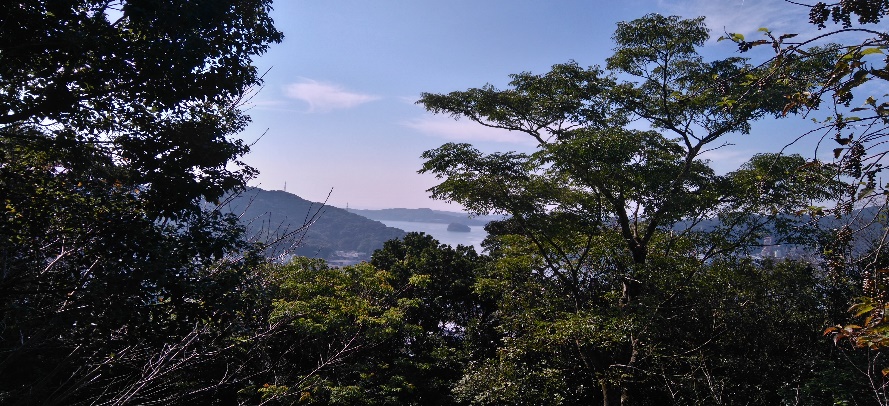
Kochi’s historical highlight is the esteemed samurai instrumental in bringing about Japan’s modernization. Kochi is also famous for containing 67% of Shikoku’s forests.
The train station is known as the Whale Dome for its whale shaped roof crafted from Kochi cedar and cypress held in place by steel.
Matsuyama Castle in Ehime is something to behold with 14 metre high massive granite walls built of odd-shaped stones randomly piled up. As you walk up, the concave slope of the walls unfold like a concertina, a folding screen or fan.
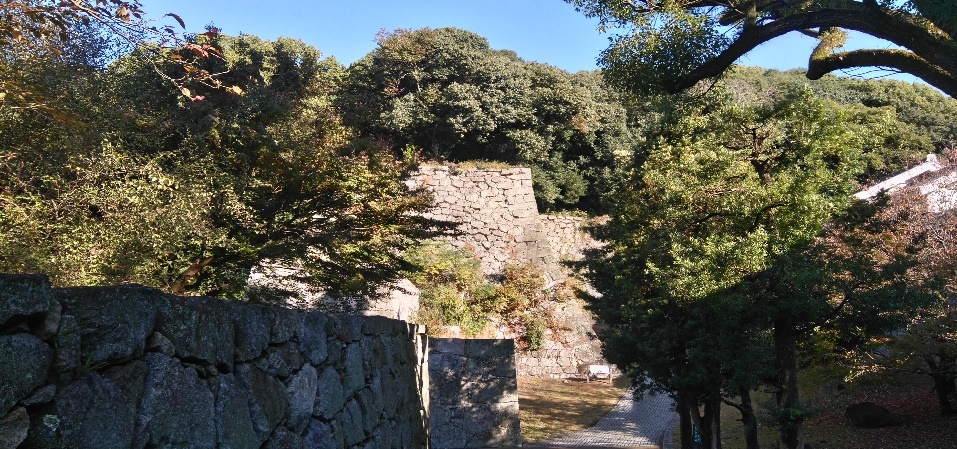
Kawaga is where it all ends, one way or the other, with Temple 88. Temple 88 has a rival, Kompirasan, dedicated initially to seafaring and sailors, now expanded to incorporate all travel. It is famous for its arduous climb of 1,368 stone steps, but gee, after walking for days, what’s another few steps.
Best Ways to Travel the Shikoku Henro
Oh well, some of it. I managed about 63 temples, but who’s counting.
Transport. I followed transport lines and kept mainly to the towns with rail and bus lines. Find out bus and train times ahead so you don’t miss any. Start early.
Maps and signboards. Many maps and signages are in Japanese. Trails are supposedly marked by arrows, stone markers, but not always. Be prepared to be lost – occasionally. If lost, ask! Or surreptitiously latch on to another henro from a distance and hope like mad he’s going your way.
Accommodation. I stayed at budget or business hotels walkable from the railway and bus stations, with food and other amenities. Shukubo, temple lodging, backpacking dormitory hostels, Japanese inns or ryokan, are also available.
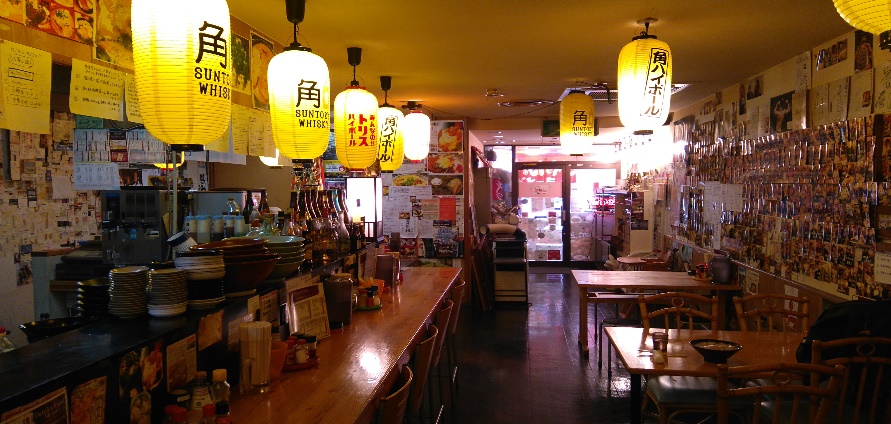
Food. Don’t be fussy and you won’t starve. Konbini – Japanese convenience stores - offer a wide variety of meals as do supermarkets and groceries also near the station.
Tourist Information Centres. Located at the railway stations, they are best consulted for updated information like maps, bus and train times. If travelling alone, they are your BFF.
Nothing Will Compare to This Experience
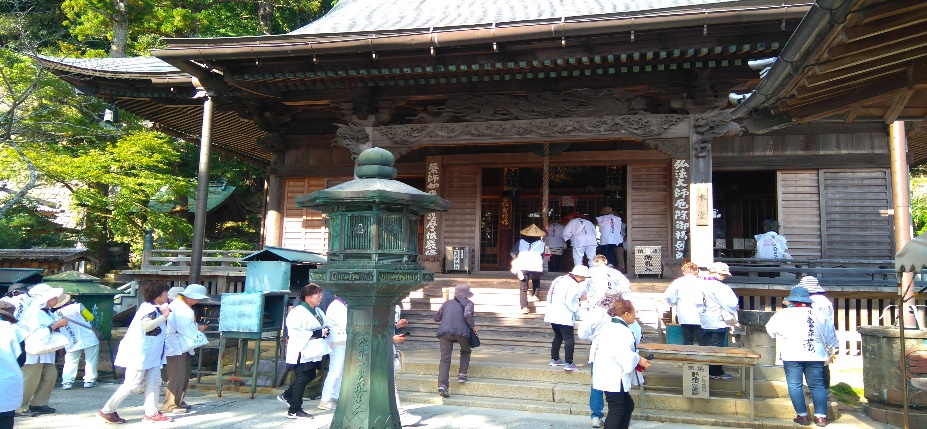
Much of Shikoku is untouched since the days of Kobo and the ascetic monks. This is a significant advantage. It is what imbues the pilgrimage with its heavy historical atmosphere. There’s always a nibbling at the edges of our consciousness, something in the air, a feel of awe and wonder. Shikoku is also the least visited of all Japan’s islands, so of course not being jostled along by a jangle of tourists also helps.
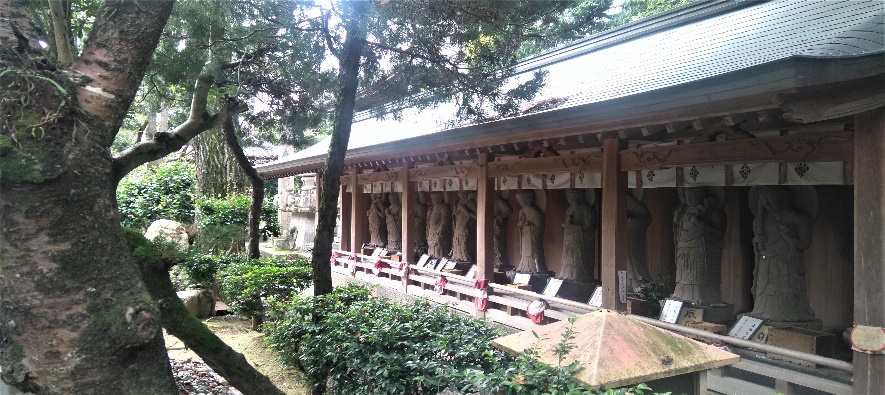
A stirring thing for me was how the Henro brings people together, dismantling barriers of generation, culture, class, gender. On the Henro we are all the same, united in common joy and pain and being human. Then it is non-judgmental, non-competitive. No being burnt at the stake for following your own heart – and body.
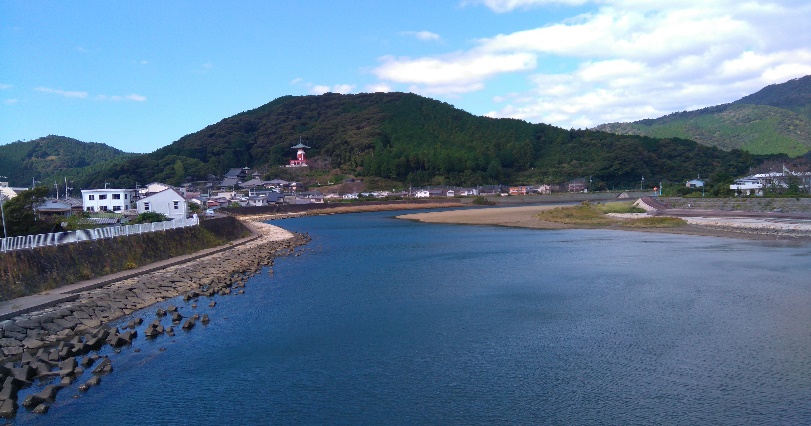
For many Henro, though, whether sought or not, I think the journey touches something in us, like a sense of quiet, a sense of internal peace and settledness, usually associated with being in a holy place, in nature.
By Arlene Bastion

